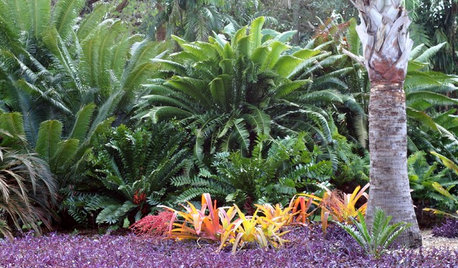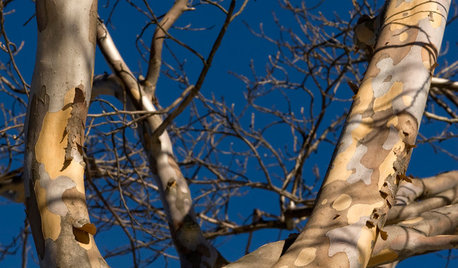Hello to everyone,
I am Daniel from Greece and I would like to plant a monkey puzzle tree in my garden.
the area is in mount Parnitha northwest of Athens at 650 meters of altitude.winters have some snow and cold like -15 to -17 Celsius depending on the year. summers are typically mediterranean with temperatures as high as 38 degrees, hot and dry.
Do you think it can survive well there with no problems?
my biggest fear is the dry weather during summer.
the area is a plateau with flora like Quercus pubescens, Pinus halepensis, Juniperus oxycedrus, and sporadically Abies cephalonica.
some people that own plant nursuries here told me that they don't bring this kind of Araucaria because during summers they die...
do you think is it worth the trying?
during winter we have plenty of fogs, but in summer the sky is usually clear.
in the same area I do have planted Cedars(all the species), Calocedrus, Abies (pinsapo, cephalonica, numidica), Pinus (heldreichii, cembra, nigra, sylvestris, pinea) and they all do great.
rainfall occurs around 700-800 mm a year and during summer I have 1-2 good rains only.
I will provide irrigations for sure!
the point is that if it will manage the hot weather during summer and the hot sun...
is my climate according to my writings a suitable one?
my fear is that during watering in summer alonside high temperatures may cause suffocative conditions to the plant.
someone from Germany told me that Araucaria araucana needs protection from full sun until they become 1 meter high.
is that true?
thank you













pineresin
davidrt28 (zone 7)
Related Professionals
Lake Oswego Landscape Architects & Landscape Designers · Westwood Landscape Contractors · Peabody Landscape Contractors · Brownsville Landscape Contractors · Danvers Landscape Contractors · Dunwoody Landscape Contractors · East Chicago Landscape Contractors · Fair Oaks Landscape Contractors · Fairhope Landscape Contractors · Golden Gate Landscape Contractors · Oak Forest Landscape Contractors · Santa Maria Landscape Contractors · Vermilion Landscape Contractors · Yukon Landscape Contractors · Oxon Hill Landscape Contractorsdavidrt28 (zone 7)
davidrt28 (zone 7)
coniferas_br
floramakros
davidrt28 (zone 7)
jick
davidrt28 (zone 7)
ian_wa
davidrt28 (zone 7)
ian_wa
coniferas_br